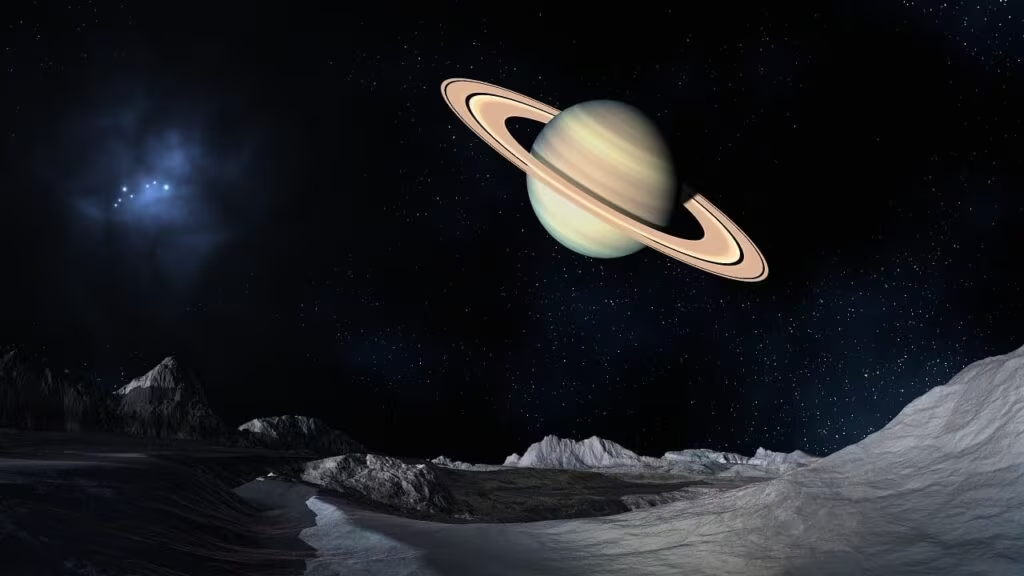The New Class of Cosmic Visitors: Are Interstellar Objects a Danger?
For centuries, astronomers assumed that all objects traversing our solar system originated here. That assumption was shattered in 2017 with the discovery of 1I/’Oumuamua, the first confirmed interstellar object (ISO) detected passing through our inner solar system. Since then, two more ISOs have been identified: the interstellar comet 2I/Borisov and, most significantly, a meteor that impacted Earth in 2014.
This raises a critical question for planetary defense: Do these high-speed travelers from other star systems pose a significant threat to Earth? The short answer, according to current scientific consensus, is that while the risk of a catastrophic, civilization-ending impact remains extremely low, the unique physics of ISOs means that even small objects carry disproportionately large destructive potential.

The Physics of Interstellar Risk: Speed Kills
The primary factor distinguishing the threat posed by ISOs from that of typical Solar System Objects (SSOs)—such as asteroids and comets orbiting the Sun—is velocity. ISOs are not gravitationally bound to our Sun; they are merely passing through, often carrying the high momentum they accumulated traveling across interstellar space.
When an object impacts Earth, its destructive power is determined by its kinetic energy, which is proportional to its mass and the square of its velocity ($E = 1/2 mv^2$).
Why Velocity Matters
- Higher Impact Speed: SSOs typically impact Earth at speeds ranging from 10 to 30 kilometers per second (km/s). ISOs, however, can approach speeds of 50 km/s or more relative to Earth.
- Exponential Energy Increase: Because kinetic energy increases with the square of the velocity, doubling the speed quadruples the energy release upon impact. An ISO traveling at twice the speed of a standard asteroid will release four times the energy, meaning a much smaller ISO can cause the same devastation as a much larger SSO.
This high-velocity profile means that the warning time for an approaching ISO is inherently shorter, and the energy threshold for dangerous impacts is significantly lower.
Case Study: The 2014 Papua New Guinea Impact
The theoretical threat posed by high-velocity ISOs became concrete with the confirmation of the third known interstellar visitor: a small meteor designated CNEOS 2014-01-08.
This object impacted Earth’s atmosphere near Papua New Guinea on January 8, 2014. While the object was small—likely less than a meter in diameter—its velocity was so extreme that it was later confirmed to have originated outside the solar system. This makes it the first confirmed interstellar object to have ever impacted Earth.
Significance of the 2014 Meteor
The detection of this small, high-speed impactor proved two crucial points:
- Interstellar Impacts are Real: ISOs are not just theoretical passersby; they occasionally collide with Earth.
- Frequency is Higher Than Expected: If a meter-sized object impacted Earth in 2014, the overall population of smaller ISOs must be vast. Scientists estimate that the frequency of ISOs entering the solar system is potentially 10,000 times higher than initial, conservative estimates suggested.
This high frequency, coupled with the high velocity, shifts the focus from the extremely rare, massive ISOs to the more common, smaller ones that could still cause significant regional damage or airbursts comparable to the Tunguska event (1908).

Quantifying the Threat and Size Distribution
To accurately assess the risk, researchers must understand the size distribution of ISOs—how many small ones exist compared to large ones. If the distribution heavily favors smaller objects (like the 2014 meteor), the threat remains localized. If there are many large ISOs, the risk profile changes dramatically.
Comparing ISOs to SSOs
| Object Type | Typical Velocity (Relative to Earth) | Impact Energy Profile | Frequency Estimate (Solar System Entry) |
|---|---|---|---|
| SSO (Asteroid/Comet) | 10–30 km/s | Lower energy for given mass | Well-studied, lower |
| ISO (Interstellar Object) | 30–70+ km/s | Significantly higher energy for given mass | Potentially 10,000x higher than initial estimates |
While the sheer number of ISOs passing through is high, the probability of any specific, large object colliding with Earth remains statistically minute. The risk of a K-T boundary-level extinction event caused by an ISO is negligible. The more realistic danger lies in the potential for unpredicted, high-energy airbursts caused by smaller, fast-moving objects.
Preparing for the Future: Detection and Warning
Currently, our ability to detect ISOs is limited, especially for smaller objects. Both ‘Oumuamua and 2I/Borisov were discovered only after they had already passed their closest approach to the Sun, leaving little time for detailed study, let alone mitigation planning.
However, the landscape of planetary defense is rapidly changing. The upcoming deployment of next-generation survey telescopes promises to revolutionize our understanding of the ISO population.
The most significant tool in this effort is the Vera C. Rubin Observatory (formerly the Large Synoptic Survey Telescope, or LSST). When fully operational, this observatory will conduct an unprecedented survey of the night sky, detecting transient events and moving objects with far greater sensitivity and speed than current instruments.
The Rubin Observatory’s Role
Scientists anticipate that the Rubin Observatory will discover several new ISOs every year, providing crucial data on their orbits, compositions, and, most importantly, their size distribution. This increased detection rate will allow astronomers to build a robust statistical model of the ISO population, moving the threat assessment from theoretical estimates to empirically grounded data.

Increased detection capabilities will also provide a longer warning window for any potentially threatening objects, regardless of their origin, allowing for potential deflection missions to be planned, should the need arise.
Key Takeaways: The Interstellar Threat Assessment
Understanding the risk posed by interstellar objects requires balancing their high frequency with the low probability of catastrophic impact. The scientific consensus points to a unique, high-velocity hazard that demands continued vigilance.
- Low Catastrophic Risk: The chance of a massive ISO impact causing global devastation is statistically negligible.
- High Localized Risk: The primary concern is the higher frequency of smaller, high-velocity ISOs that could cause regional damage or major airbursts due to their extreme kinetic energy.
- Velocity is Key: ISOs travel much faster than typical solar system asteroids, meaning a smaller ISO can deliver the same destructive power as a much larger, slower asteroid.
- Detection is Improving: New instruments like the Vera C. Rubin Observatory will soon provide the necessary data to accurately characterize the ISO population and offer longer warning times.
Conclusion: A Balanced Perspective on Cosmic Neighbors
The discovery and confirmation of interstellar objects—from the mysterious ‘Oumuamua to the impacting 2014 meteor—have fundamentally changed our view of the solar neighborhood. While the idea of objects arriving from distant star systems might sound alarming, the immediate threat to human safety remains minimal.
However, the unique high-velocity nature of ISOs introduces a distinct challenge to planetary defense. The focus now shifts to understanding the statistics of these objects: how many small ones are out there, and how quickly can we find them? As technology advances, our ability to track these cosmic visitors will improve, ensuring that we are prepared for any future encounters, no matter where in the galaxy they originate.
What’s Next
Over the next few years, as the Vera C. Rubin Observatory begins its full-scale operations, astronomers expect a surge in ISO discoveries. This influx of data will be critical for refining impact models and potentially identifying the first ISOs far enough out to allow for detailed pre-arrival study. The scientific community will be closely monitoring these discoveries to better characterize the composition and origin of these fascinating, fast-moving messengers from beyond our Sun.
Original author: Evan Gough
Originally published: November 7, 2025
Editorial note: Our team reviewed and enhanced this coverage with AI-assisted tools and human editing to add helpful context while preserving verified facts and quotations from the original source.
We encourage you to consult the publisher above for the complete report and to reach out if you spot inaccuracies or compliance concerns.

